Goya depicted the demons that arise when reason sleeps.
c. 1800 - 1848
Goya depicted the demons that arise when reason sleeps.
c. 1800 - 1848
We're adding new content all the time!
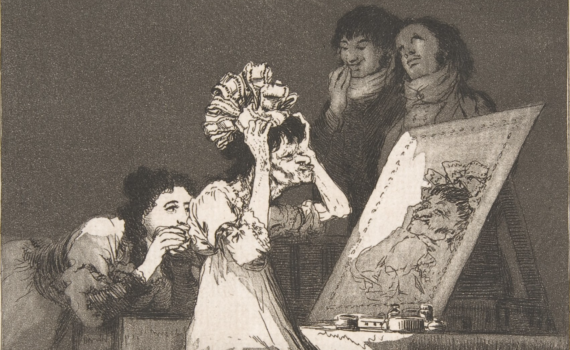
Contemporary artist Enrique Chagoya discusses the transcendent meanings of Goya's etchings of Spanish society at the turn of the 19th century
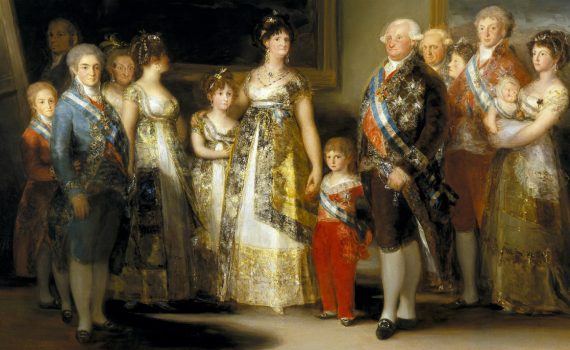
Goya depicts the king’s family in scintillating detail… but the sparkle of the monarchy is beginning to fade.
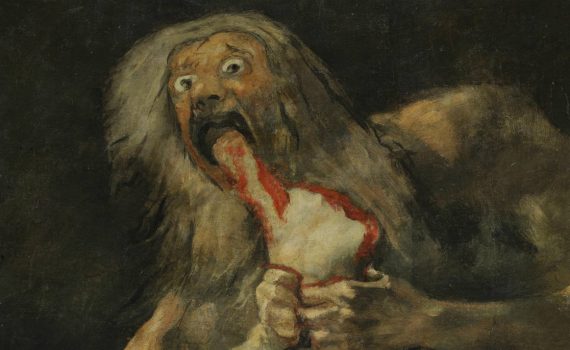
Goya’s taste in home décor is called into question by this cannibalistic meditation on the nature of power.
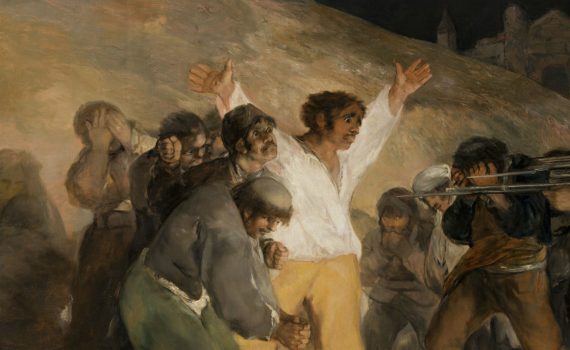
A sinister tale of bloodlust and nepotism led to the tragic events Goya depicts in “the first modern painting.”
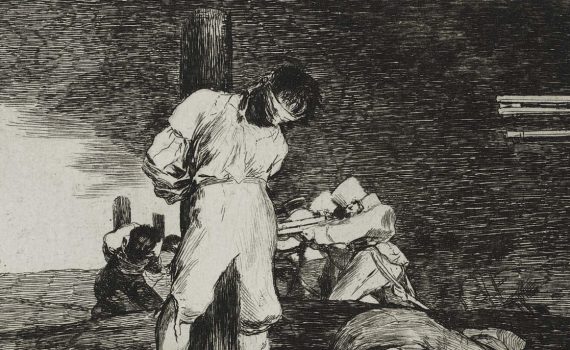
This print wasn’t made public until long after Goya’s death, for fear of exposing his controversial political views.
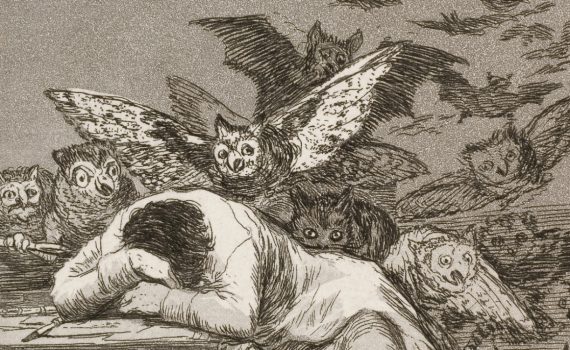
Embodied by a swarm of airborne predators, the follies of an irrational society haunt an artist’s dreams.